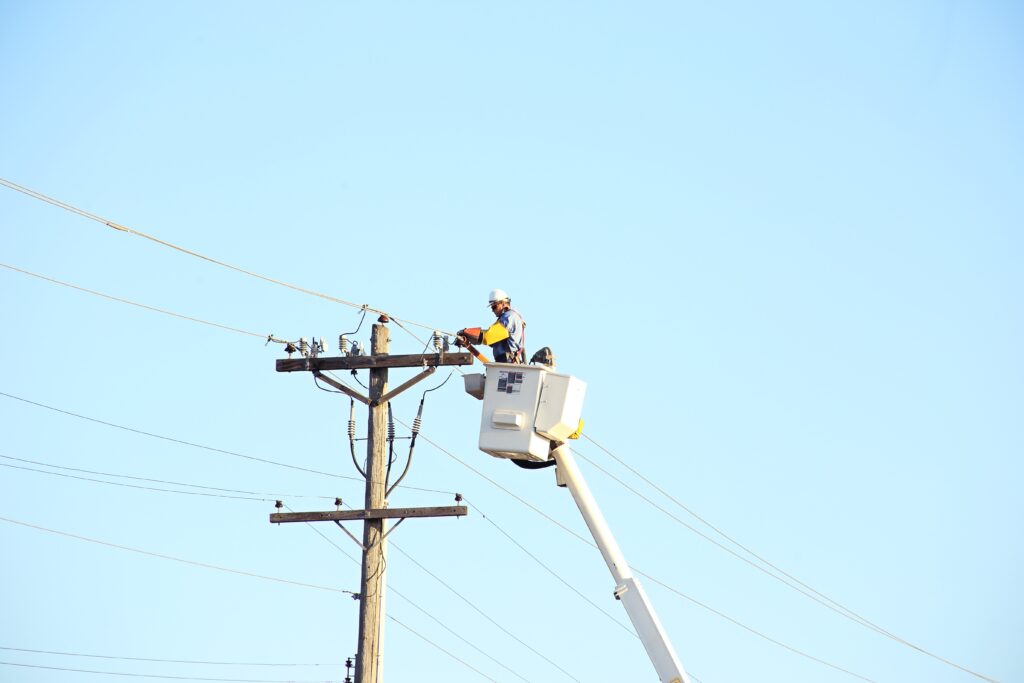
How often do you think about your city’s infrastructure? Probably not a ton, but it plays a critical role in your daily life.
Infrastructure deserves more of your attention, as reliable, efficient structures are the backbone of a well-functioning society. Well-fitted pipes, functioning electricity in residential and commercial spaces, safe roadways and efficient, fast broadband networks and other elements of the broader infrastructure system keep citizens happy and healthy.
On top of its importance to a well-running society, infrastructure supplies millions of jobs. Infrastructure-related careers are well-paying, perpetually in demand, and offer low barriers to entry. They also have outstanding projected growth: the United States expects to add as many as 1.5 million new infrastructure jobs every year until 2031.
What is an infrastructure-related career?
Let’s back up and define our terms. What exactly counts as an infrastructure-related career? You can divide them into four broad categories: welding and manufacturing, skilled trades, logistics and transportation and information technology (IT). The occupations within these umbrella industries address the entire life cycle of a city’s infrastructure.
Master welders build the pipes that supply buildings with clean water, powerline technicians maintain the lines that ensure everyone has access to electricity, and IT professionals keep digital networks running smoothly.
Entering the electrical career pathway
FastForward’s short-term programs offer a clear, pre-determined course of study to earn certificates or credentials at all 23 Virginia community colleges. These certifications prepare you for entry-level or apprenticeship positions in your career of choice. You don’t have to take our word for it: check out students’ success stories! Pre-selected coursework for each semester removes the stress of choosing classes, and short-term programs help students access high-demand jobs quickly. Let’s walk through an example.
Say you live in southern Virginia and are interested in entering the electrical career pathway. Maybe you want to help install electricity in new homes or help more people have underground power lines that reduce the likelihood of a power outage.
The first step on the electrical career pathway is becoming a PV installer/electrical helper. Once you’ve started the entry-level job, the process to move up on the career ladder is sweet and simple.
- Step one: Begin gaining hands-on work experience as a PV installer or electrical helper where you’ll be assisting electricians on repairs and installation in both commercial and residential dwellings.
- Step two: Enroll in the Power Line Worker I FastForward credential at your local community college and start working as an underground line worker.
- Step three: Enroll in the second Power Line Worker credential or the Electrical Level I credential to see if the residential electrician route is right for you.
- Step four and beyond: Don’t stop there! You can continue earning stackable credentials that help you move up to becoming a substation technician, meter technician or industrial maintenance technician. Keep working hard, and you can earn enough experience to become an electrician engineer.
As an added bonus, funding for relevant FastForward programs may be low to no cost if you qualify for G3 funding, which compares nicely to the upwards of $80,000 for total in-state tuition costs at a four-year institutions.
Find your pathway today
To start your own path to a successful infrastructure career, whether it be electrical, welding or something in between, browse the complete list of FastForward credentials and find a program that aligns with your professional goals. Career coaches are also available at every college to help you find your perfect fit.
Learn more about earning an infrastructure-related credential or certification by visiting: https://fastforwardva.org/contact-us/.